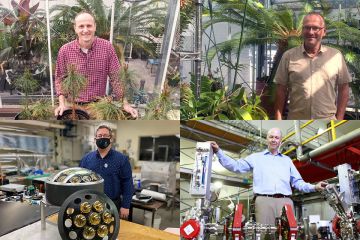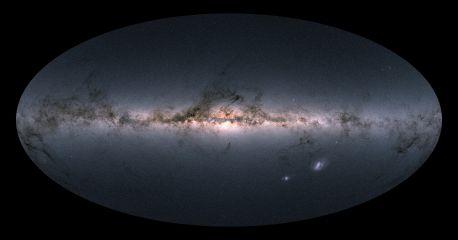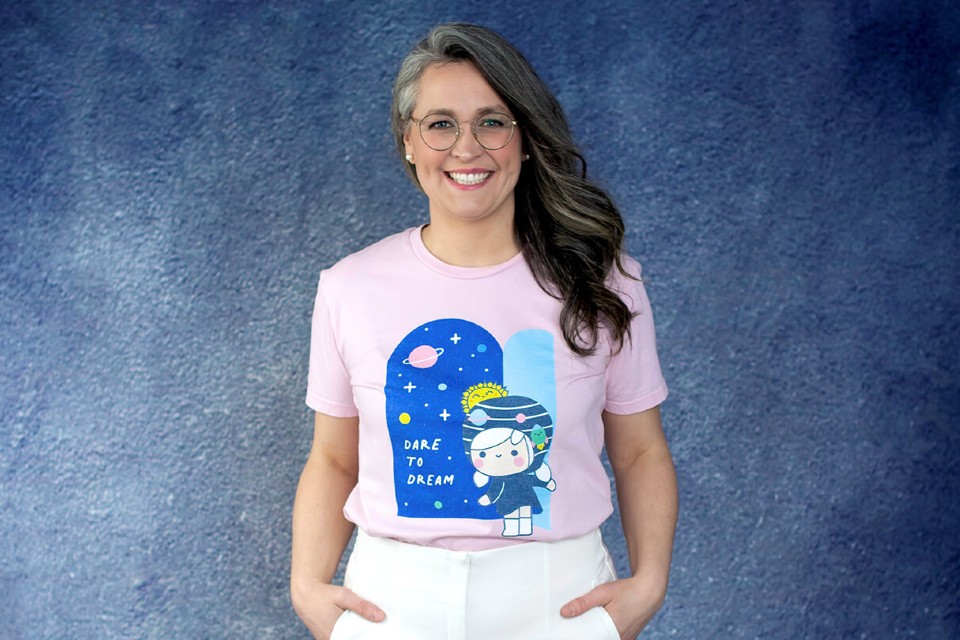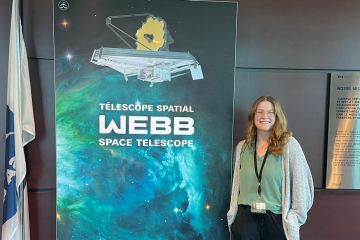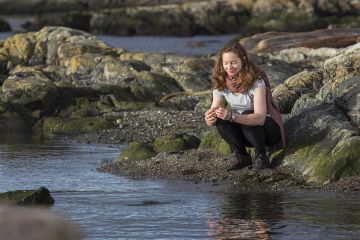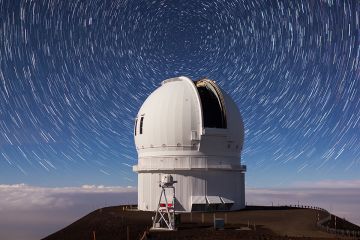
Small, dark and ancient: Scientists discover a new (but old) Milky Way satellite
An international team of scientists led by astronomers at the University of Victoria has discovered an ancient group of stars orbiting our own galaxy, the Milky Way. The newly discovered satellite consists of only five dozen bright stars spread over a volume just 10 light years across. This is miniscule compared to the Milky Way, which contains over ten billion stars, and measures a hundred thousand light years in diameter.

